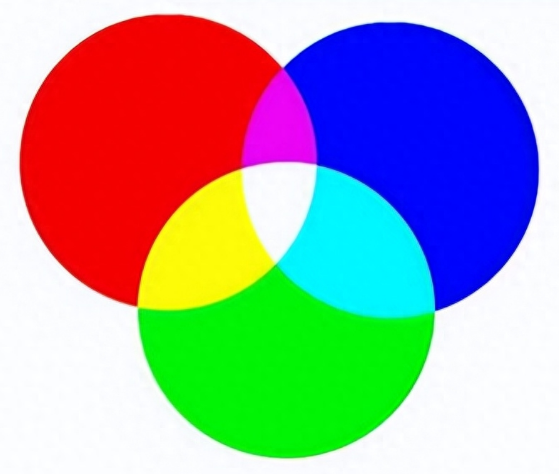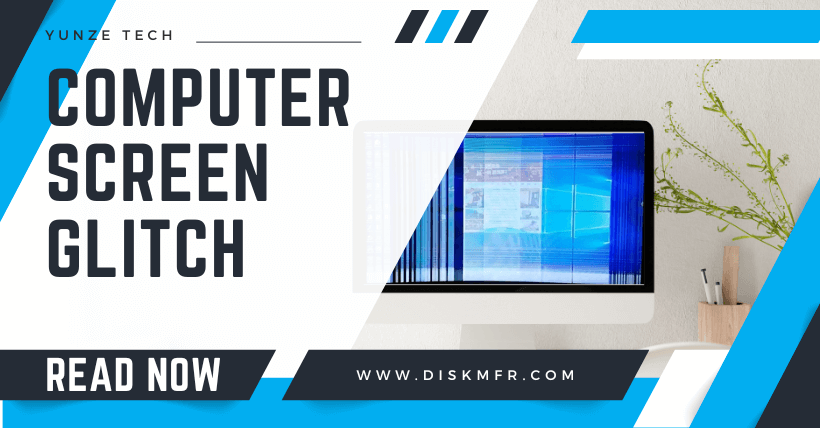Many friends find that their computer suddenly displays a distorted screen when using it, but they do not know the reason behind it. This article, based on actual situations, discusses the related causes and solutions.

01
Image Issues
When you notice a distorted screen on your monitor, don’t panic. First, open your web browser and search for solid color images, such as black, red, white, yellow, blue, green, and so on. When the monitor switches to these colors, if there are no “stripes” of other colors in the images, then it’s an issue with the graphics. There are various reasons why the graphics might display similar distortions, such as software problems or unstable signal inputs.
This issue is not caused by the computer itself and has no relation to the computer. There’s no need for troubleshooting or repair.
02
Cable Connection Issues
Most monitors use data cables with interfaces like VGA, DVI, HDMI, and so on. One end of the data cable connects to the monitor, while the other end connects to the computer’s CPU case. Both ends of the data cable are secured with screws to ensure a stable connection. If the data cable becomes loose or damaged, it can lead to unstable signal transmission and result in an unstable or distorted display on the monitor.
When encountering this problem, start by shutting down the computer. Then, reinsert and secure the data cable firmly on both the monitor and the CPU case. Afterward, restart the computer. If the issue persists, simply replace the data cable.
03
Screen Issues
If the screen distortion issue persists even after replacing the data cable, it’s possible that the problem originates from the monitor itself. Older monitors contain a liquid crystal layer, while newer ones use LED lights and often employ a progressive scan display method. If there is an issue with the internal device controlling the scanning process, it can result in incorrect color displays and screen distortion.
In such cases, it’s best to have it tested by a computer service company. Connect the monitor to another computer for testing. If the screen distortion issue persists, it can be confirmed as a fault with the monitor. In this case, returning it to the manufacturer for further inspection and repairs is recommended.
04
Graphics Card Issues
If using the process of elimination by connecting the monitor to another computer resolves the screen distortion issue, it indicates that the monitor is not at fault. Instead, the problem likely lies with the graphics card, graphics card cache, or the motherboard. These issues can also lead to screen distortion but are distinct from other causes. When the graphics card encounters problems, it often accompanies symptoms like system crashes or freezes.
Simple issues like swollen capacitors or soldering problems can be relatively easy to repair. However, if the problem involves the chip or circuit board connections, it may require sending the computer for factory testing and repairs.
05
In Conclusion
If the user is knowledgeable about computers, they can perform diagnostics and testing at home. However, for users who are not familiar with computers, it’s crucial not to attempt disassembling the computer themselves. Many internal components have locking mechanisms, and without proper knowledge of disassembly, it’s easy to inadvertently cause further damage to the computer.









